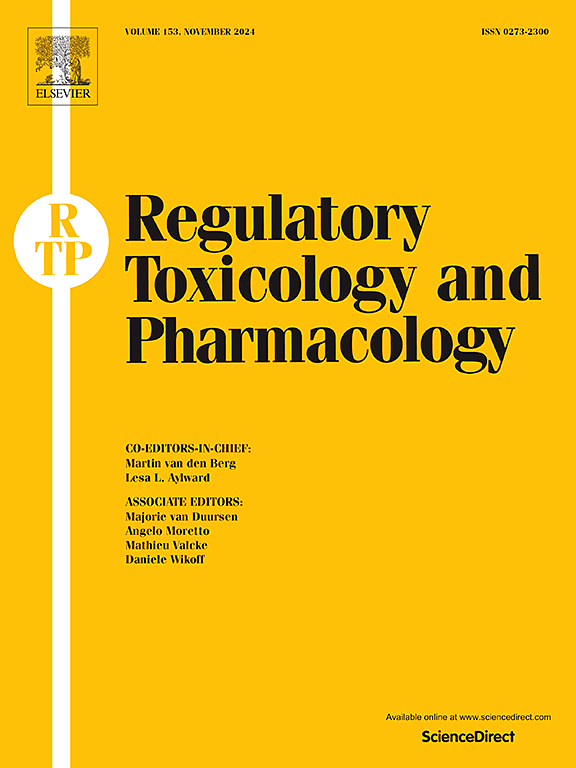脑药物一致性评价新方法——以依达拉奉为例。
IF 3.5
4区 医学
Q1 MEDICINE, LEGAL
引用次数: 0
摘要
生物等效性试验通常是通过测定血浆中药物浓度来进行的。然而,这不适用于以中枢神经系统为靶点的脑药物(如依达拉奉)。药物在中枢神经系统中靶部位的含量决定其在大脑中的活性,而药物在血液中的浓度对中枢神经系统的影响较弱。本文建立了一种新的脑药物一致性评价方法。将16只大鼠分为两组。一组给予试验制剂,另一组给予对照制剂。然后采集脑脊液(CSF)样本。所有脑脊液样本均采用LC-MS检测。AUC0-t几何平均比值的90%置信区间为90.30 ~ 150.59%,Cmax的90%置信区间为91.79 ~ 211.06%。此外,结果表明,虽然两种制剂的浓度-时间谱和药代动力学参数非常相似,但在中枢神经系统中不具有生物等效性。结果揭示了以中枢神经系统为靶点的脑药物生物等效性试验的特殊性和复杂性。验证了实验的可行性,为脑药物的一致性评价提供了有用的信息。本文章由计算机程序翻译,如有差异,请以英文原文为准。
A new method of consistency evaluation of brain drugs: a case study of edaravone
Bioequivalence test is typically conducted by determining the drug concentration in plasma. However, this is not suitable for brain drugs (like Edaravone) that have targets in CNS. The amount of a drug in target site in the CNS is responsible for its activity in the brain, while the concentration of a drug in the blood has a weak impact on the CNS. In this paper, a new consistency evaluation method for brain drugs was established. 16 rats were divided into two groups. One group was administered the test preparation, and the other group was administered the control preparation. Then, cerebrospinal fluid (CSF) samples were collected. All of the CSF samples were examined by LC-MS. The 90 % confidence interval of the geometric mean ratio of AUC0-t was 90.30–150.59 %, and 91.79–211.06 % for Cmax. In addition, the result indicated that the two preparations were not bioequivalent in the CNS, although the concentration-time profile and pharmacokinetic parameters were quite similar. The results revealed the particularity and complexity of the bioequivalence test for brain drugs that have targets in the CNS. The feasibility of the test was confirmed, and our results provide useful information for the consistency evaluation of brain drugs.
求助全文
通过发布文献求助,成功后即可免费获取论文全文。
去求助
来源期刊
CiteScore
6.70
自引率
8.80%
发文量
147
审稿时长
58 days
期刊介绍:
Regulatory Toxicology and Pharmacology publishes peer reviewed articles that involve the generation, evaluation, and interpretation of experimental animal and human data that are of direct importance and relevance for regulatory authorities with respect to toxicological and pharmacological regulations in society. All peer-reviewed articles that are published should be devoted to improve the protection of human health and environment. Reviews and discussions are welcomed that address legal and/or regulatory decisions with respect to risk assessment and management of toxicological and pharmacological compounds on a scientific basis. It addresses an international readership of scientists, risk assessors and managers, and other professionals active in the field of human and environmental health.
Types of peer-reviewed articles published:
-Original research articles of relevance for regulatory aspects covering aspects including, but not limited to:
1.Factors influencing human sensitivity
2.Exposure science related to risk assessment
3.Alternative toxicological test methods
4.Frameworks for evaluation and integration of data in regulatory evaluations
5.Harmonization across regulatory agencies
6.Read-across methods and evaluations
-Contemporary Reviews on policy related Research issues
-Letters to the Editor
-Guest Editorials (by Invitation)

 求助内容:
求助内容: 应助结果提醒方式:
应助结果提醒方式:


